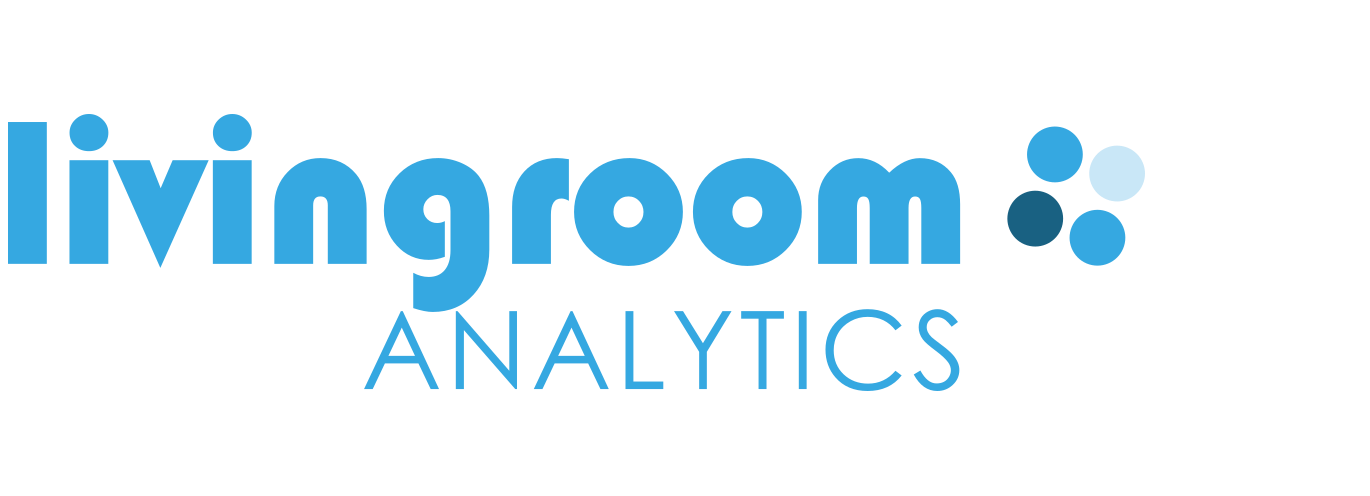6 Worrying Signs of a Toxic Workplace Community
For many employees, the actual work they’re doing is the easiest part of their job. What they find hard and making work a struggle, is the surrounding negative energy and toxicity of the workplace community. According to one study by Inc.com, toxic workplace cultures made up 11.3% of the companies researched. In toxic workplace communities, the productivity and general well-being of the employees are negatively affected by the people or office atmosphere to the point that just the thought of going to work can make the employees tired and depressed.
Toxic workplace communities can have severe consequences. Typically, toxic communities lead to employee disengagement, bad employer reputation, and even sickness. Research by Centers for Disease Control and Prevention has shown that stressful work environments increase absenteeism. It also causes employees to get sick more often which in turn decreases productivity.
Workplace communities don’t become toxic overnight. Usually, it is the result of months or years of overlooking the culture of the company. There are signs that can indicate whether the work environment is toxic or not. Sometimes, the signs are easy to spot and fix. Many times, however, the root of workplace toxicity goes deeper. It is linked with more subtle social and cultural undertones that leaders may not be aware of. To address toxic workplace communities, it is critical for leaders to keep an eye on their organizational culture and to identify both the open and hidden signs. Let’s have a look at 6 signs both leaders and employees should be aware of and avoid.

1. The Workplace Morale is Low
One of the first signs of a toxic community is low morale among employees. We are talking about something more than occasional bad days. In a toxic environment, low morale seems to always be present around the office. Moreover, people don’t communicate openly, smile, or joke, and no one appears to be happy to be working in that environment. Interactions also seem to be more formal rather than friendly.
Contrary, people working in thriving workplace communities share high morale to accomplish tasks. In thriving environments, it’s natural for employees to smile and engage in friendly relationships with each other and it becomes clear how engaged, productive, and happy they are.
Signs of a Toxic Workplace Community: How to Spot Low Workplace Morale
Take a look around the office. Are people smiling, laughing, or having chit chats over a cup of coffee? Do people seem happy and positive? Are the conversations friendly and open? If your answer is “no” to all these questions, it is very likely that low workplace morale is present in your workplace.
2. There Is Poor Communication
Poor communication between employees and management is another sign of toxicity. According to a study conducted by SHRM (Society for Human Resource Management), nearly 3 in 10 employees believe their managers don’t encourage a culture of open and transparent communication. In these cases, managers and employees seldom interact. Even when they do, the information typically flows top-down with managers giving instructions to their subordinates, who have no autonomy. Moreover, when there is poor communication, the collaboration between management and employees might also be negatively affected and employees become reluctant to ask questions.
Research on leadership has shown that employees look at their leaders for cues on how to behave in the workplace. Therefore, the communication problem between management and employees typically spills in the rest of the organization. As a result, employees stop seeing the value in communicating and collaborating with each other. Instead of engaging in personal interactions, the employees prefer using other communications means, such as emails or text messages.

The consequences of poor communication are that employees fail to understand the company’s goals and what is expected of them. They don’t get the necessary information to do their job which can lead to work repetition, lower productivity, and to difficulties in implementing new processes.
Signs of a Toxic Workplace Community: How to Spot Poor Communication
Are employees communicating frequently with each other? Are they communicating in person or through text messages and emails? Do they have the necessary information to get work done? Is there a collaborative relationship between management and employees?
3. Employee Turnover is High
One of the clearest signs of a toxic workplace community is high employee turnover. When the work environment offers only low morale and stress, people start looking for better places to work and eventually leave the company. As stated by Dr. Amina Aitsi-Selmi, a renowned coach and consultant in careers and leadership: “People don’t leave jobs. They leave toxic workplace cultures”.
It is normal that people want to pursue better career opportunities. However, when people keep leaving on their own accord – maybe after being in the organization only for a few months – it’s a good chance that it is due to cultural issues. SHRM reports that, for 1 in 5 employees, culture was the reason why they left their company.

Since there are many reasons behind employee turnover, it is important to understand the factors contributing to it. Take a look at exit surveys and interviews and see if they highlight the same concerns. You can also investigate if the high turnover is limited to one department or rather something that is characteristic to the entire organization. Doing this may give you a starting point for identifying where the cultural issues are in your company.
Signs of a Toxic Workplace Community: How to Spot Whether Toxicity is the Reason Behind Employee Turnover
What are the turnover reasons invoked by your former employees? Can you identify a pattern of common concerns? Is the high turnover characteristic to a specific department or to the entire organization?
4. The Workplace is Filled with Gossip and Cliques
While having best friends at work is common and natural, in a toxic workplace community, the cliques are not based on friendship. They rather serve the purpose of gossiping and spreading rumors. In a toxic environment that is filled with drama, infighting, and tensions, it seems natural to be alone.
At this point, competition stops being productive and gives way to sabotage among the different cliques and groups. Instead of collaborating, people start working against each other and focusing on personal goals rather than the shared goal of the organization.
Signs of a Toxic Workplace Community: How to Spot Gossip and Cliques
Are people talking only within their group? How are the relationships among the group members? Are they based on genuine friendship? Is there a lot of infighting in the office? Are employees asking for feedback and input?
5. Employees Are Afraid of Their Boss and of Giving Feedback
When employees are afraid of their boss or hesitant to voice their concerns, it’s a clear sign of toxicity. According to SHRM, almost 25% of employees don’t feel safe voicing their opinions about work-related issues. It should be borne in mind that fear is very different from respect. People who avoid meeting their boss in the corridor or are hesitant to speak during meetings, indicate fear.
When leaders insult or yell at employees, people become afraid of asking questions. Employees fear that they will be called out for not understanding what was being discussed. Furthermore, they become reluctant to speak their mind or provide feedback, even when faced with impossible goals they must reach. The fear is also manifested in the employees’ concerns since they worry all the time about who is being well regarded by the boss and what the boss is saying about them. As a result, there is a decrease in engagement and productivity.

What’s more, the bad behavior promoted by the boss can have trickle-down effects in the company, since employees look to their leaders for behavioral cues. Therefore, when leaders behave rudely, they provide prior examples of inappropriate and toxic behaviors that are eventually adopted by the rest of the organization.
Signs of a Toxic Workplace Community: How to Spot Fear
Are your employees speaking openly during meetings? Do they share their opinions, solutions, and ideas with you? Are they voicing their concerns when there are problems in the organization? Do you encourage your employees to be open and speak their minds? When was the last time you were given feedback?
6. There is Little Employee Recognition
The sixth sign of workplace toxicity is a lack of employee recognition. According to a report by Achievers, 82% of employees wished they received more recognition for their work. Nearly 20% reported that the recognition from their boss was “horrible”. Moreover, a study by SHRM revealed that almost 25% of employees don’t feel respected and valued at work. In toxic environments, even when employees are rewarded, they are rewarded for following the rules and instructions given by their bosses. The rewards are never or seldom the result of innovative ideas.
The lack of recognition can result in employee demoralization and disengagement. Employees can also lose interest to do their job well, which eventually leads to decreased performance. Moreover, since the lack of recognition causes low morale among employees, it further contributes to workplace toxicity.
Signs of a Toxic Workplace Community: How to Spot Lack of Employee Recognition
When was the last time you recognized and rewarded your employees? Do you have a recognition program in place? Are your employees properly rewarded for coming up with breakthrough ideas and for pushing for needed change?
Connecting the Lines
A toxic workplace community can have several negative consequences both on the employees and on the company, such as sickness, disengagement, lower productivity, and a bad employer reputation. Thus, eliminating the toxicity becomes key for leaders who wish to establish a thriving culture, where employees are happy, motivated, and are able to perform their job well.
However, before trying to “fix” the culture, leaders need to understand and identify the signs of the toxic environment, which are often hidden. In this article, I have discussed the 6 most important signs of a toxic workplace community: low morale, poor communication, high employee turnover, gossip and cliques, fear, and little employee recognition. By first identifying these signs, leaders can get a better idea of where the cultural problems are.
Want to read more articles like this? Join the Livingroom Newsletter
ABOUT LIVINGROOM ANALYTICS
Livingroom is the new, groundbreaking platform for measuring and improving employee experience. Every company faces the challenge of building a workplace where people feel engaged and perform well. Livingroom helps managers identify people challenges as well as deliver the right tailored actions for improvement.


